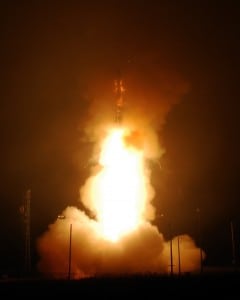
The Air Force plans to release a concept of operations (CONOPS) and a draft request for proposals (RFP) for the estimated $62.3 billion Ground-Based Strategic Deterrent (GBSD) as early as September, Defense Daily sister publication Nuclear Security and Deterrence (NS&D) Monitor has learned.The service then in January is expected to award two parallel nonexclusive teaming contracts to carry the program through the first two phases of its development. Air Force officials had previously said they would likely award multiple contracts…













